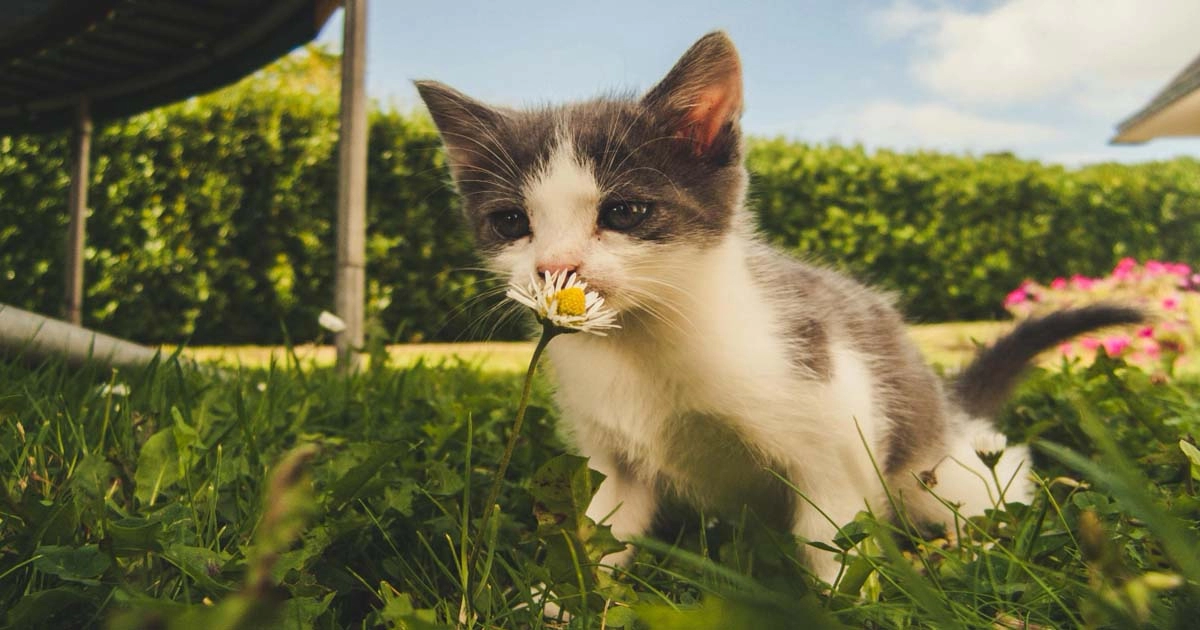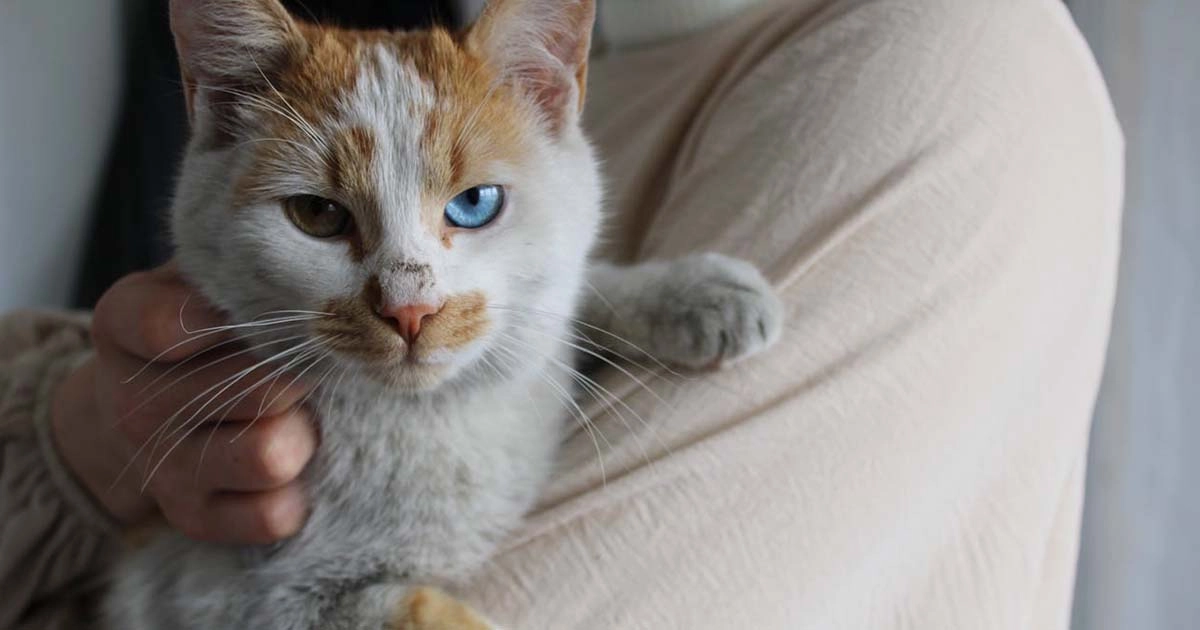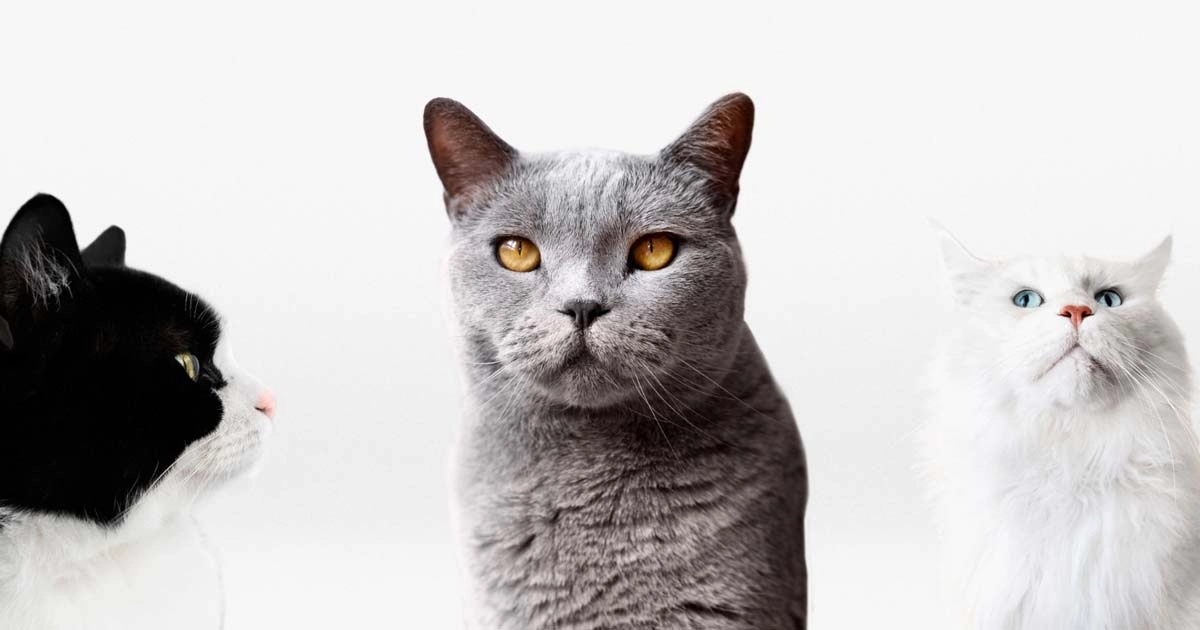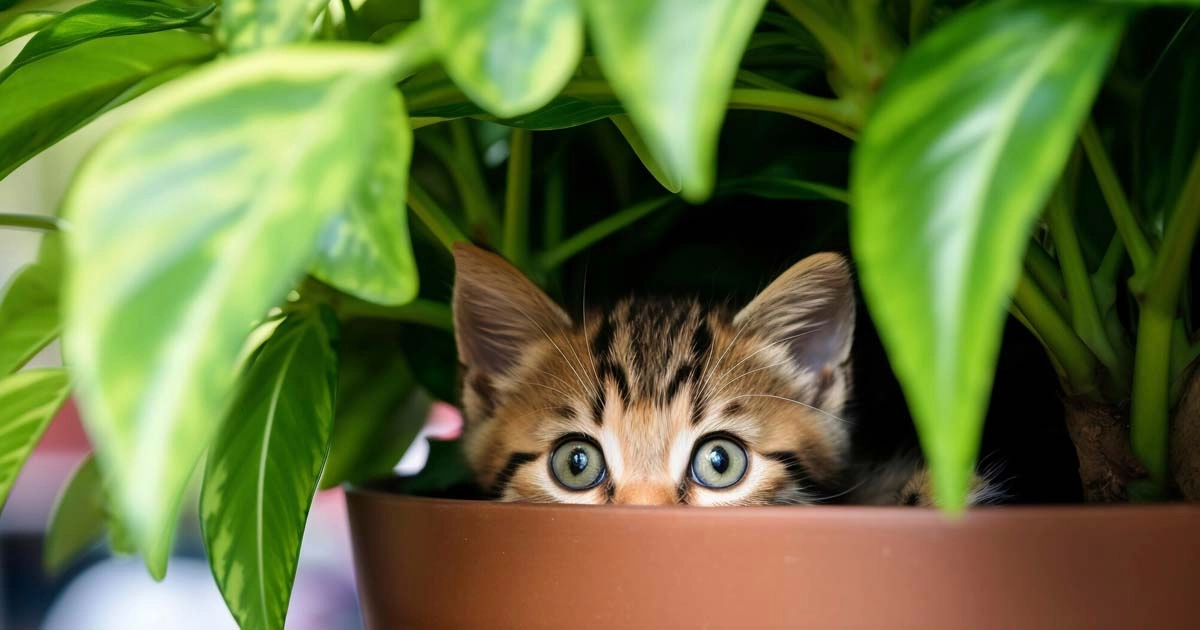Here’s how your cats experience the world

Cat
23/04/2024

Cats use the same five senses as humans, but they view the world differently. Understanding them could make us better cat parents.
The world according to cats is very different from the one we travel through. To walk in a cat’s paws, we first need to understand how a cat experiences the world. Although cats use the same senses as humans—sight, sound, smell, taste, and touch—they understand and process their inputs quite differently. But knowing they have some tantalizingly similar senses to ours can help us live more harmoniously with our furry friends. So on Happy Mew Year for Cats Day, learn more about how your cat works, and maybe sense a better connection.
Cat vision
Like humans, cats use their vision to see the world around them—and to hunt down their next snack. But differences between human and cat eyes mean that we see the world quite differently. Although a cat’s precision pouncing in the dark may make it seem that she has built-in night vision goggles, cats do need some light. But though a human’s night vision is iffy at best, the dark is a cat’s time to shine. Millions of years of evolution have made it more likely that many cats will be active and hunt at dusk and dawn.
Light enters the eye through the cornea, the round, transparent surface of the cat’s eye. The cornea focuses light on the retina, which lines the back of the eye on the inside. A cat’s cornea is large and dome-shaped, letting cat eyes gather the maximum number of photons—a key adaptation to their low-light living. Cat pupils are long and vertical, narrowing to a slit in broad daylight but expanding up to 300-fold when it’s darker (human pupils grow only 15 times bigger).
The backs of a cat’s eyes have a layer called the tapetum lucidum, which reflects unabsorbed light back into the retinas, an adaptation to help the cat see in dim light, and causes eye shine, the glow that can be seen when light shines on them in the dark. Their peripheral vision is also better than ours.
The blurred vision of cats
Other aspects of feline vision are not as sharp. Because their retinas have fewer cones—the photoreceptors that perceive color—cats are thought to see the world less vibrantly and in fewer hues than humans. These cones are also responsible for sharpness of vision, so a cat’s eyesight is blurrier, despite their superior low-light vision. What cats can see from 20 feet away, we can see at 100 feet.But this doesn’t slow them down. Cats respond more readily to motion than to the intricate details and colors of an image, so they aren’t hindered by their reduced color vision.
Cat hearing
A cat’s triangle-shaped ears act like small, furry satellite dishes. Their ear flaps, or pinnae, can independently rotate forward, backward, and sideways to zero in on a sound’s location. The pinnae’s 180 degrees of rotation means that cats can pinpoint the location of a sound to within several inches in just six-hundredths of a second—faster than the blink of an eye—from up to three feet away. They can also distinguish extremely subtle differences in sounds, even as little as one-tenth of a tone. But their ultrasonic hearing (far superior to humans and even dogs) doesn’t mean that Beyoncé and Beethoven are to a cat’s musical tastes. In 2015, a research team from two U.S. universities tested tunes incorporating feline-centric sounds that included purring and a pulse reminiscent of suckling. The results showed that cats preferred the cat songs (“Cozmo’s Air” and “Rusty’s Ballad”) to music composed for people.
Cat smell
Smell, unlike the other four senses, is fully developed straight out of the cat womb. The newborn kitten quickly uses its nose to navigate toward the nearest nipple and get its first sip of nourishing colostrum and milk. Experts believe that a cat’s sense of smell is about 14 times better than ours. A domestic cat’s olfactory epithelium— the specialized tissue in the nose containing the receptors that detect odors—is five to 10 times larger than a human’s. As a result, cats have up to 200 million specialized cells that detect smells, compared with our mere five million. Our feline friends have another tool at their disposal: the Jacobson’s organ. Tucked above the mouth, receptor cells in the Jacobson’s organ connect to the part of the brain associated with sexual, feeding, and social behaviors. If cats smell something interesting, they will partially open their mouths and curl their upper lips, an expression called the Flehmen response. This shunts air molecules to the Jacobson’s organ. The inhaled air is trapped on the olfactory epithelium and/or the Jacobson’s organ, giving kitties an extra chance to detect scent molecules.
Cat's sense of touch
Whiskers on kittens may be one of our favorite things, but cats really depend on them.
Known formally as a vibrissa, a whisker is longer and thicker than normal cat hair. Each of a feline’s whiskers grows from a follicle packed with nerves and blood vessels, making them as sensitive as human fingertips. These vibrissae help to compensate for a cat’s less-than-stellar close vision. They detect subtle air movements that can indicate the presence of prey and help cats navigate around obstacles.
Now that you have a better understanding of how cats walk through our world, your feline friend might make a little more sense.
Source: nationalgeographic.com











